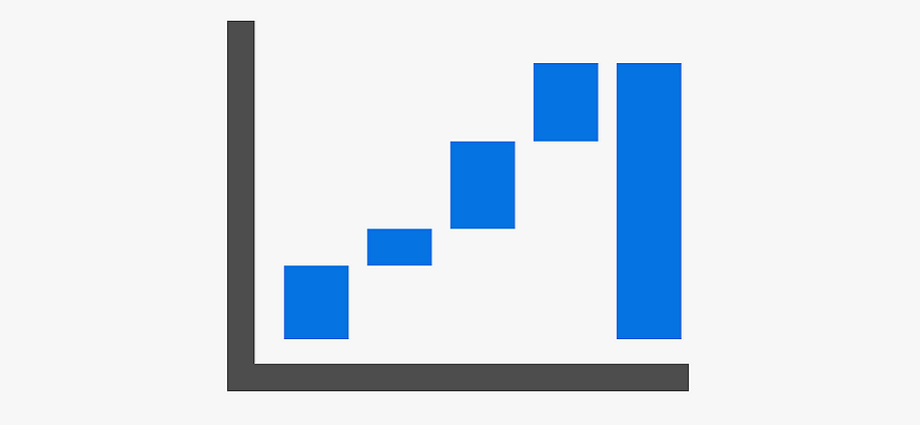Data visualization in healthcare refers to the use of graphs, charts, maps, and other visual representations of data to understand and communicate information about healthcare issues and patient care. Data visualization can be used to analyze and interpret large amounts of data, identify trends and patterns, and make informed decisions about healthcare policies, treatments, and interventions.
In healthcare, data visualization can be used to track and monitor patient outcomes, compare treatment options, identify risk factors and predict future trends, and communicate complex information to healthcare professionals and the public. Data visualization can also be used to improve patient engagement and education by presenting information in a clear and accessible format.
Some examples of data visualization in healthcare include visualizing patient outcomes over time, comparing treatment options using data visualization, and using data visualization to track and prevent outbreaks. It is important to use best practices when creating data visualizations in healthcare, such as choosing the right type of visualization for the data and message, ensuring the visualization is accurate and reliable, and using clear and concise labeling and formatting.
Challenges of Understanding and Interpreting Large Amounts of Data
There are several challenges associated with understanding and interpreting large amounts of data, particularly in the healthcare industry where data is often complex and varied. Some of these challenges include:
Data Overload: With the increasing amount of data being collected and analyzed in healthcare, it can be overwhelming to try to make sense of all the information. Data visualization can help to simplify and clarify large amounts of data, making it easier to understand and interpret.
Data Complexity: Healthcare data can be complex, with many different variables and factors at play. Data visualization can help to break down complex data into more manageable and understandable chunks.
Data Quality: Ensuring the accuracy and reliability of data is crucial in healthcare. It is important to carefully check and validate data before using it for visualization or analysis.
Data Interpretation: Even with the help of data visualization, understanding and interpreting data can still be challenging. It is important to consider the context and limitations of the data when interpreting the results.
Data Privacy: Protecting patient privacy is a top concern in healthcare, and this can present challenges when it comes to using and sharing data for visualization and analysis. It is important to carefully consider and address privacy concerns when working with healthcare data.
Types of Data Visualization in Healthcare
There are several types of data visualization that can be used in healthcare, including:
Graphs and Charts: Line graphs, bar charts, scatter plots, and other types of graphs and charts can be used to visualize and compare data over time, identify trends and patterns, and showcase relationships between different variables.
Maps and Spatial Data Visualization: Maps and other spatial data visualization tools can be used to represent data in a geographic context, such as showing the distribution of a disease or healthcare resource availability across a region.
Dashboards and Interactive Visualizations: Dashboards and interactive visualizations allow users to explore and interact with data in real-time, enabling them to drill down into specific details or view the data from different perspectives.
Examples of Data Visualization in Healthcare
Here are some examples of data visualization in healthcare:
Visualizing Patient Outcomes Over Time: Data visualization can be used to track and monitor patient outcomes, such as survival rates or rates of hospitalization. This can help healthcare professionals identify trends and patterns and make informed decisions about treatments and interventions.
Comparing Treatment Options Using Data Visualization: Data visualization can be used to compare the effectiveness and safety of different treatment options, allowing healthcare professionals to make informed decisions about the best course of treatment for individual patients.
Using Data Visualization to Track and Prevent Outbreaks: Data visualization can be used to track the spread of infectious diseases and identify potential risk factors, helping healthcare professionals to develop and implement strategies to prevent outbreaks.
Visualizing and Comparing Healthcare Resource Availability: Data visualization can be used to compare the availability of healthcare resources, such as hospital beds or medical personnel, across different regions or over time. This can help policymakers and healthcare professionals identify areas of need and allocate resources appropriately.
Improving Patient Education and Engagement: Data visualization can be used to present complex healthcare information in a clear and accessible format, helping to improve patient understanding and engagement with their own healthcare.
Best Practices for Data Visualization in Healthcare
Here are some best practices for data visualization in healthcare:
Choose the Right Type of Visualization for the Data and Message: Different types of visualization are best suited for different types of data and messages. It is important to choose the right type of visualization to effectively communicate the information.
Ensure the Visualization is Accurate and Reliable: It is crucial to ensure that the data used for visualization is accurate and reliable.
Use clear and Concise Labeling and Formatting: The labeling and formatting of a visualization should be clear and concise, with easy-to-understand axis labels and legend. Avoid using too much clutter or unnecessary elements.
Consider the Context and Limitations of the Data: It is important to consider the context and limitations of the data when interpreting the results of a visualization. This can help to avoid misunderstandings and incorrect conclusions.
Address Privacy Concerns: Protecting patient privacy is a top concern in healthcare. It is important to carefully consider and address privacy concerns when working with healthcare data for visualization and analysis.

